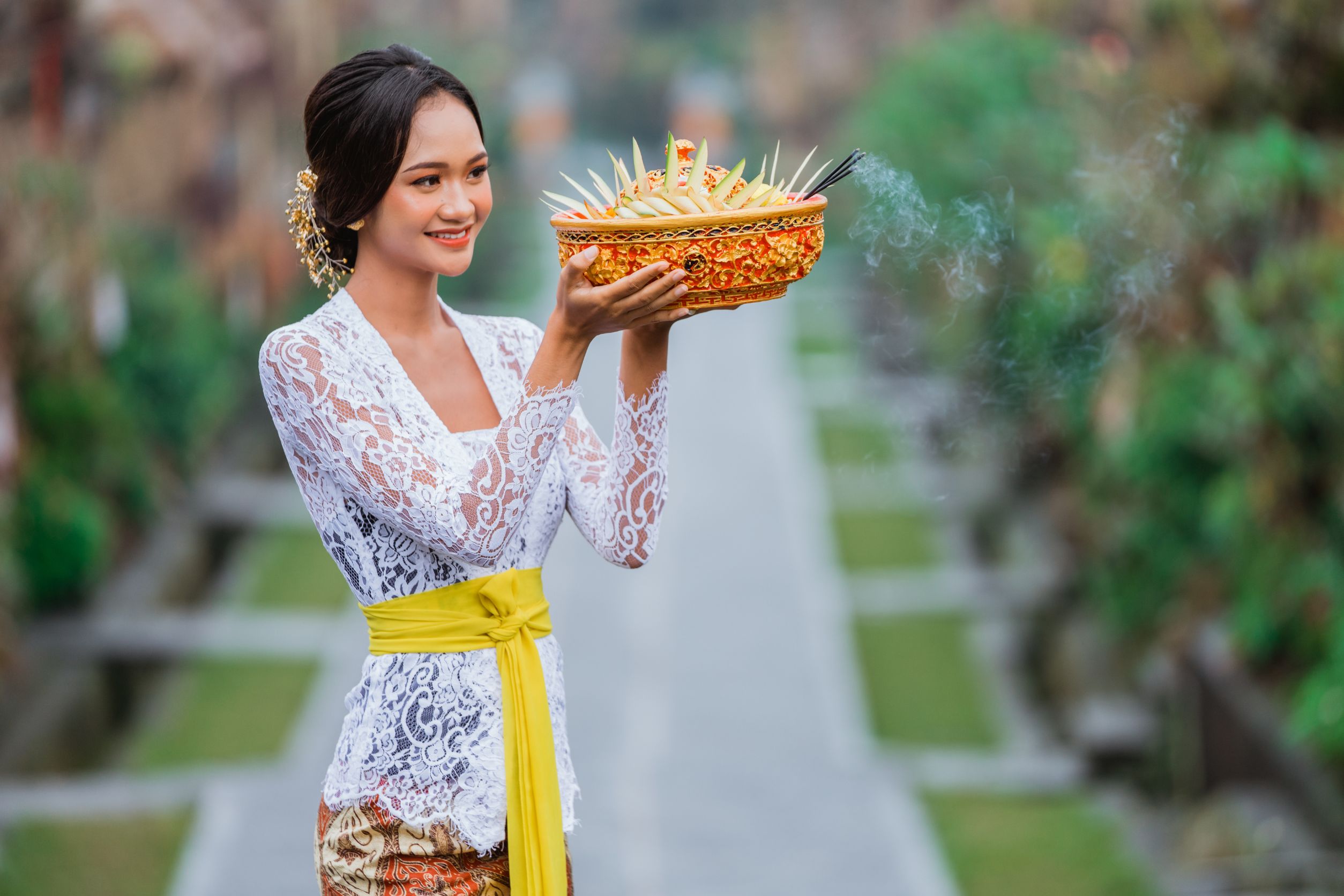Traveling is not just about seeing new places; it’s also about experiencing different ways of life. Exploring unique cultures around the world can be an enriching and unforgettable experience. Here are 14 fascinating cultures that will leave you inspired and enlightened.
1. The Maasai of Kenya and Tanzania
The Maasai people are renowned for their vibrant red attire and intricate beadwork. Living in the savannas of Kenya and Tanzania, they maintain a semi-nomadic lifestyle deeply connected to their cattle. Maasai culture is rich in traditions, including the famous jumping dance and coming-of-age rituals.
Visitors are often welcomed into their villages to learn about their way of life and traditional practices. This experience offers a deep dive into a community that has preserved its customs over centuries.
2. The Sami of Northern Europe
The Sami, indigenous to the Arctic regions of Norway, Sweden, Finland, and Russia, are known for their reindeer herding and unique way of life. Their culture is a blend of ancient traditions and modern adaptations, with a strong emphasis on nature and the environment. Sami people are also famous for their distinctive joik singing, which captures the essence of their identity and emotions.
Exploring Sami culture offers a glimpse into a way of life that thrives in harmony with the harsh Arctic landscape. Visitors can participate in reindeer sledding, learn about traditional crafts, and enjoy the Northern Lights.
3. The Himba of Namibia
The Himba people of Namibia are instantly recognizable by their red-ochre body paint and intricate hairstyles. Living in the arid Kunene region, they are a semi-nomadic group that relies on livestock for their livelihood. Their unique beauty rituals and traditional attire are symbols of their cultural identity.
Visitors to Himba villages can learn about their customs, including the use of natural herbs and plants for medicinal purposes. This cultural encounter provides insight into a community that has adapted remarkably to its environment.
4. The Maori of New Zealand
The Maori culture is a cornerstone of New Zealand’s identity, known for its powerful haka dance and intricate tattoo art (ta moko). The Maori people have a rich oral history and a deep connection to the land and sea.
Visitors can experience Maori culture through traditional performances, hangi feasts, and visits to marae (meeting grounds). The welcoming nature of the Maori people makes it easy to immerse yourself in their traditions and stories. This cultural journey is both educational and deeply moving.
5. The Berbers of Morocco
The Berbers, or Amazigh, are the indigenous people of North Africa, with a significant presence in Morocco. They have a distinct language, Tamazight, and a rich cultural heritage that includes music, dance, and craftsmanship. Berber villages in the Atlas Mountains offer a peek into their traditional way of life, from farming to weaving.
Visitors can explore ancient kasbahs (fortresses), sample Berber cuisine, and learn about their unique customs. The resilience and hospitality of the Berber people make this cultural experience truly special.
6. The Inuit of Greenland and Canada
The Inuit, indigenous to the Arctic regions of Greenland, Canada, and Alaska, have adapted to some of the harshest living conditions on Earth. Their culture revolves around subsistence hunting, fishing, and traditional crafts like carving and sewing.
Inuit communities are known for their intricate storytelling, which preserves their history and legends. Visitors can learn about their survival techniques, participate in dog sledding, and witness the stunning Arctic landscapes. This cultural exploration highlights the ingenuity and resilience of the Inuit people.
7. The Balinese of Indonesia
Bali, Indonesia, is not just a tropical paradise but also a cultural hub rich in traditions and spirituality. The Balinese people practice a unique form of Hinduism that is deeply intertwined with their daily lives.
Rituals, ceremonies, and festivals are frequent, offering a vibrant display of Balinese culture. Visitors can explore stunning temples, watch traditional dance performances, and participate in local ceremonies. The Balinese way of life, with its emphasis on harmony and balance, provides a serene and enlightening cultural experience.
8. The Navajo of the United States
The Navajo Nation, located in the southwestern United States, is the largest Native American tribe. Their culture is rich in traditions, art, and spirituality, deeply connected to the natural world. The Navajo are known for their intricate sand paintings, weaving, and jewelry-making.
Visitors can explore the stunning landscapes of Monument Valley and Canyon de Chelly, learning about Navajo history and customs. The resilience and pride of the Navajo people offer a profound cultural journey.
9. The Bedouins of the Middle East
The Bedouins are nomadic Arab tribes traditionally inhabiting the deserts of the Middle East. Known for their hospitality and rich oral traditions, they have a deep connection to the desert environment. Bedouin culture includes unique music, poetry, and storytelling that reflect their way of life.
Visitors can experience Bedouin hospitality through desert tours, camel rides, and traditional meals under the stars. This cultural encounter offers a glimpse into a nomadic lifestyle that has endured for centuries.
10. The Zulu of South Africa
The Zulu people are one of the largest ethnic groups in South Africa, known for their rich history and vibrant cultural practices. Zulu culture includes traditional music, dance, and rituals that are an integral part of their community life.
Visitors can explore Zulu villages, participate in ceremonies, and learn about their history and customs. The Zulu people’s warmth and pride in their heritage make this cultural exploration deeply enriching. From the iconic beadwork to the energetic dances, the Zulu culture is a celebration of life and tradition.
11. The Aboriginal Australians
Aboriginal Australians have one of the oldest continuous cultures in the world, with a history dating back over 60,000 years. Their culture is deeply connected to the land, with rich traditions in art, music, and storytelling. Aboriginal art, particularly dot painting, is world-renowned and carries deep spiritual significance.
Visitors can learn about Dreamtime stories, traditional hunting methods, and bush medicine. Exploring Aboriginal culture offers a profound understanding of their resilience and spiritual connection to the land.
12. The Tuareg of the Sahara
The Tuareg, also known as the “Blue People” due to their indigo-dyed clothing, are nomadic Berbers of the Sahara Desert. Their culture is marked by traditional music, poetry, and the annual Festival in the Desert, celebrating their nomadic heritage. The Tuareg’s unique script, Tifinagh, and their elaborate silver jewelry are significant cultural symbols. Their lifestyle, adapted to the harsh desert environment, emphasizes mobility, hospitality, and a deep respect for tradition and communal values.
13. The Ainu of Japan
The Ainu are the indigenous people of Japan, primarily living in Hokkaido. Their culture is distinct from mainstream Japanese culture, with unique language, rituals, and crafts. Ainu traditions include intricate wood carvings, textile weaving, and traditional dances.
Visitors can explore Ainu museums and cultural centers to learn about their history and way of life. The resilience and pride of the Ainu people provide a fascinating cultural journey.
14. The Rapa Nui of Easter Island
The Rapa Nui people are the indigenous inhabitants of Easter Island, known for the iconic moai statues. Their culture is rich in traditions, including unique music, dance, and storytelling. The island’s history and the mystery of the moai statues offer a captivating cultural experience.
Visitors can explore the island’s archaeological sites, participate in local festivals, and learn about Rapa Nui customs. This cultural exploration highlights the ingenuity and creativity of the Rapa Nui people.
Embrace the Diversity
Exploring unique cultures around the world enriches our understanding of humanity and fosters a deeper appreciation for diversity. Each culture offers a unique perspective and a wealth of traditions, stories, and experiences.
By immersing ourselves in these different ways of life, we not only broaden our horizons but also build connections that transcend borders. So, pack your bags and set out to discover the incredible cultural tapestry that our world has to offer.
Read More:
13 Stupid Things You Should Do With Your Money Before You Turn 30
















